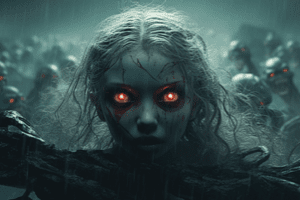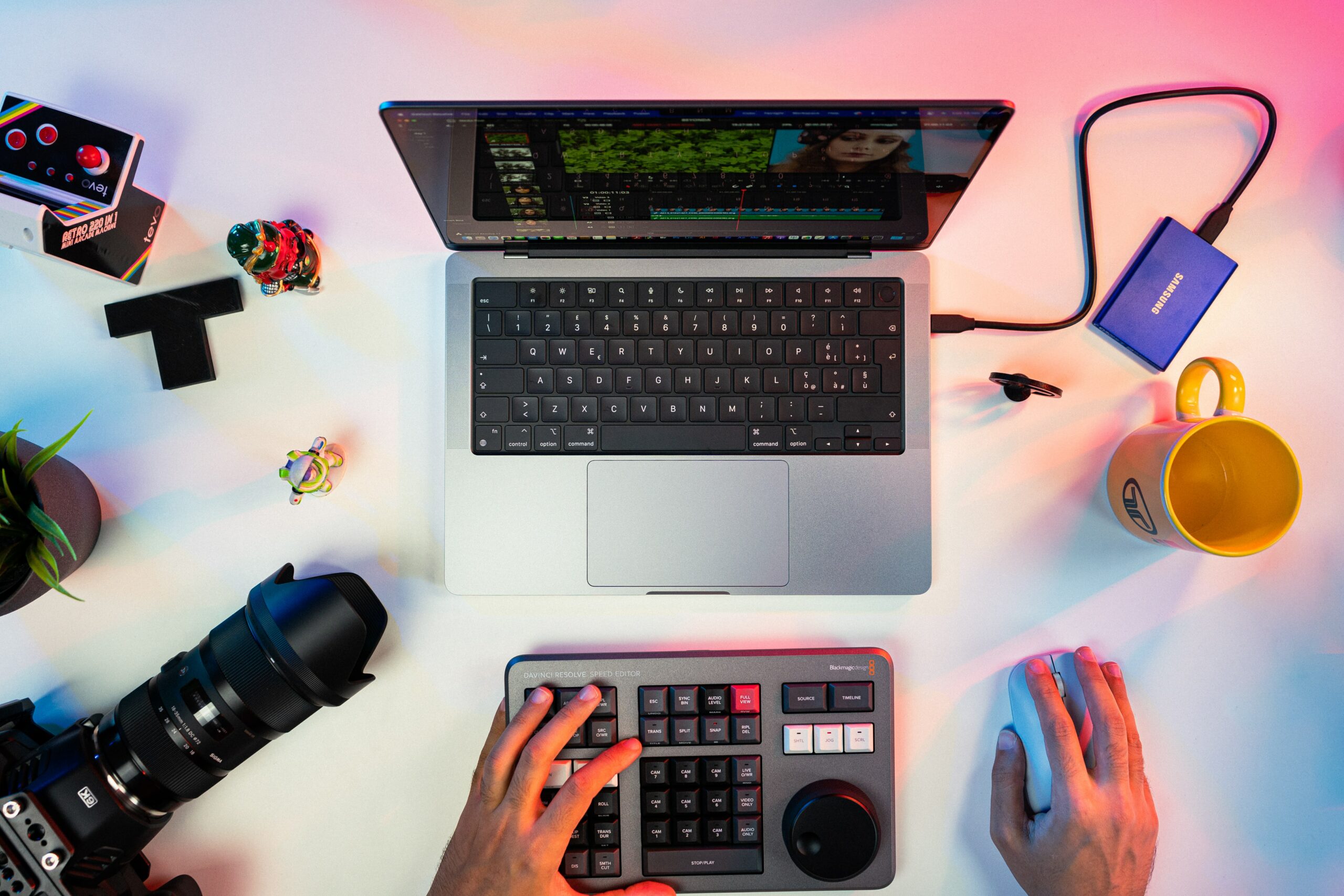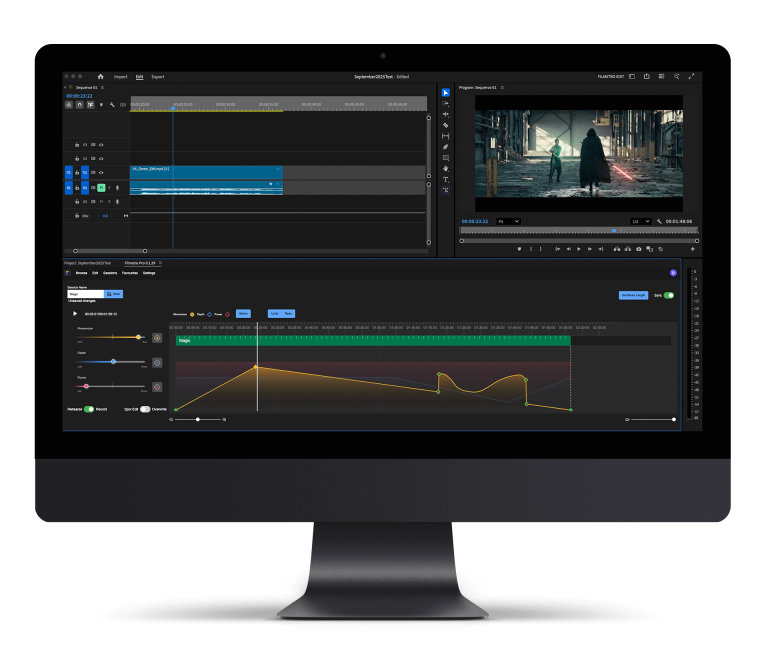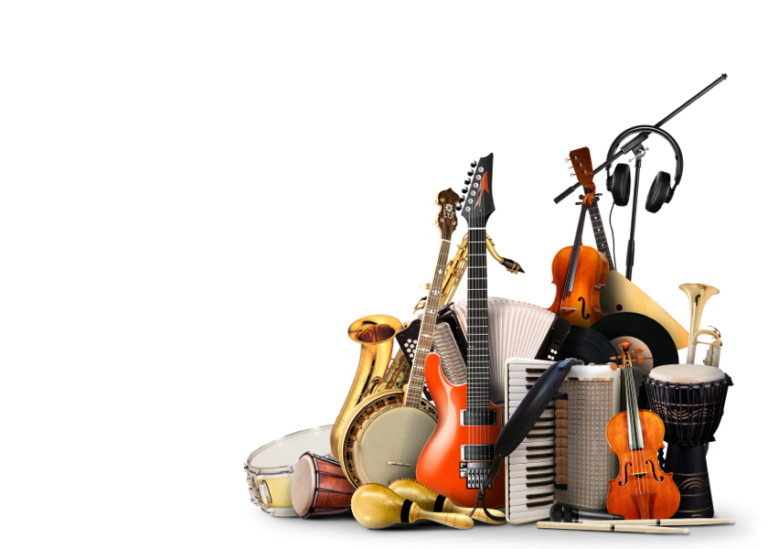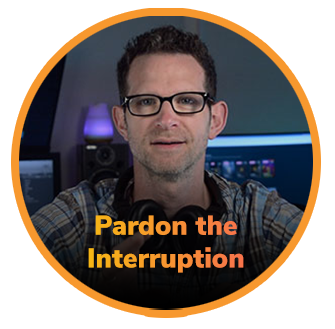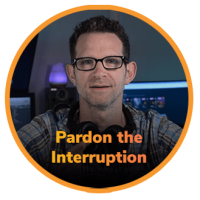Having the appropriate music in your horror scenes is vital. If you’ve ever watched a film without its Soundtrack you’ve no doubt noticed how bereft scenes become of their emotional content. This is perhaps even more true when it comes to the Horror genre where a benign walk in the park can take on an overpoweringly threatening vibe simply by dialling in the right amount of scary!
Let’s take a look at some of the ways Movie composers have been scaring us over the years and break it down so you can use this knowledge for your next short or horror scene.
Tension string
Perhaps the most easily recognisable method of creating tension in a scene is to employ the use of high strings (that’s Violins). They often play a single high note, or cluster of high notes, without interruption. Specifically, the violinists usually play harmonics – that is to say – using very little pressure on the string to create a more rasping sound that is literally on the very edge of the string and makes very little contact with the bow.
The sound of this instantly makes us feel uneasy as it’s an effort to pay attention to the on-screen visual narrative while at the same time coping with, what is essentially, an unpleasant high-pitched noise in the background. We’re multi-tasking and this isn’t pleasant. The disconnect between a mundane scene (woman slowly approaching door for example) takes on an eery sub-text with these high strings. This creates tension in the background and we’re immediately ‘on edge’.
Tension Drones
Tension drones are the sonic inverse of the strings described above and are created with very low strings (that’s Double Basses and/or Cellos). They also often have other synthetic elements mixed in for added texture and effect (see points below).
Where the high strings made us on edge and unsure about what was about to unfold, the drone often accompanies situations where it’s already obvious that there’s something uncanny or evil lurking about. The presence of these low instruments is telling the audience that something is not right here and that there is – quite literally – something ‘dark’ occurring. The link between darkness and low frequency instruments is strong and constantly in use. See if you can spot this correlation the next time you’re watching a Movie.
Think also of old ideas, originating from various world religions, about the concept of Hell as a destination that is somehow ‘lowly’ or ‘under’ the earth (as opposed to the elevated bliss of Heaven). With this in mind you can see that it’s natural that low tones are used to signify something otherworldly that has come to menace us here on Earth.
Sudden impacts
This is self-evident. Who isn’t frightened when there’s a sudden crash. If you’re ever woken up in the middle of the night and freaked out because you thought you were being burgled, only to discover that a picture has fallen off the wall, you know what I’m talking about!
De-tuning music in your horror scenes
Although most filmmakers, and arguably most of the audience aren’t professional musicians, it is still amazing that we ALL have pre-conceived ideas about how music ought to sound. So, if the composer subverts expectations and changes the actual sound of an instrument, it can have a profound effect. De-tuning – in other words subtly changing the pitch of the instrument – is one way of doing this and introduces the idea that things aren’t as they seem. By making the de-tuning dynamic and evolving, the composer is reinforcing a sense of uncertainty and dread in the audience.
Animal noises
A lot of sounds used in Horror films (like the sudden impacts mentioned above) aren’t just simple cymbal hits or created with drums. Sound-designers and composers will go to great lengths to splice their sounds with organic recordings of genuinely terrible things happening. A pig being slaughtered for example is a sickening sound that can push the boundaries of sonic horror impacts. Think about that the next time you thought nobody was harmed in the making of your favourite slasher movie! 🙂
The human voice
The last element often used is the human voice, most notably in whispers. We often whisper if it’s unsafe to speak out loud. There is an implicit connection between whispering and danger, so even benign phrases take on a more menacing tone if whispered – especially if mixed with any of the above points already discussed.
We hope this has been a useful introduction to creating music in your horror scenes.
Check out the Filmstro music library where the mood is ‘Scared’ here.


